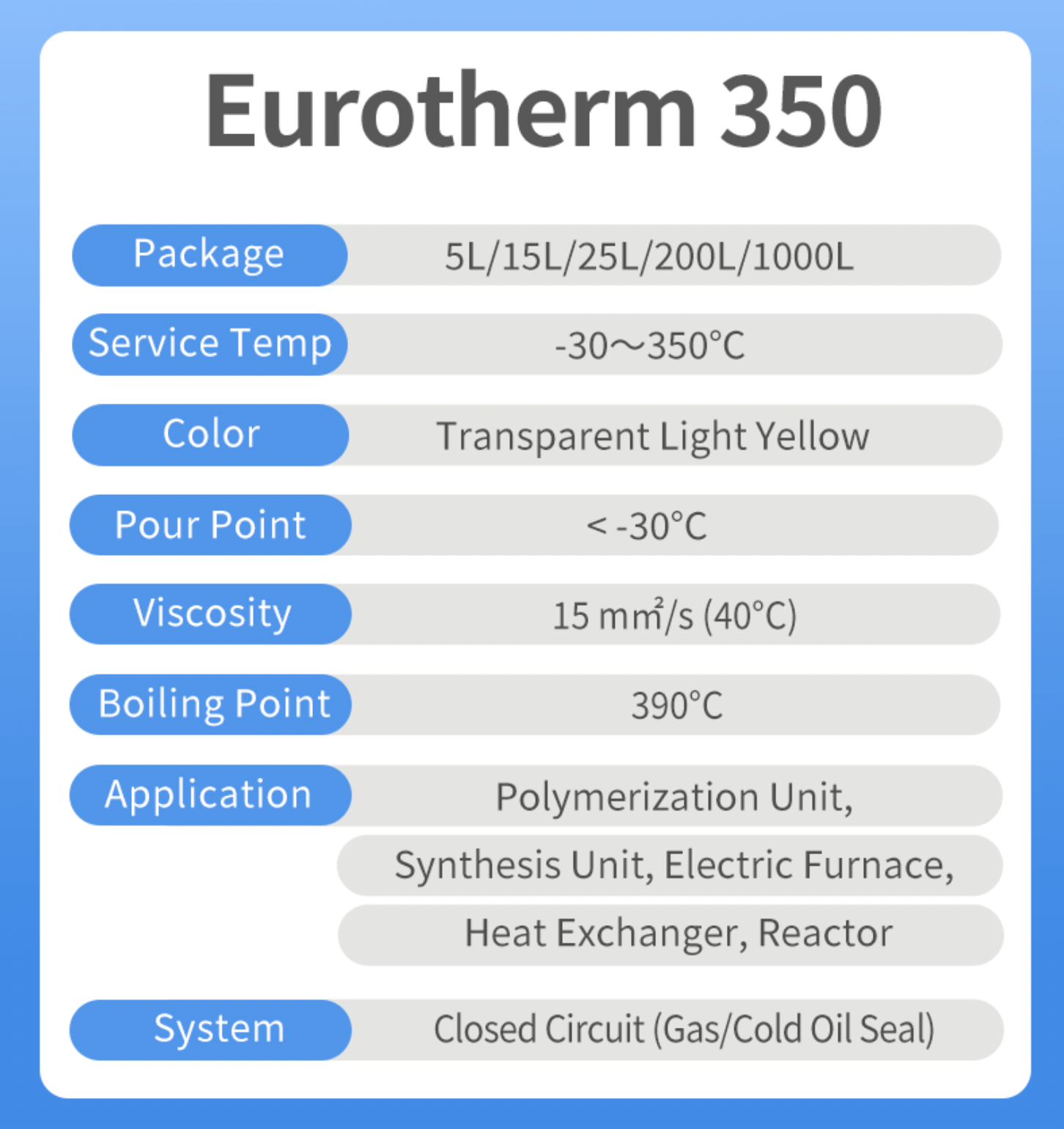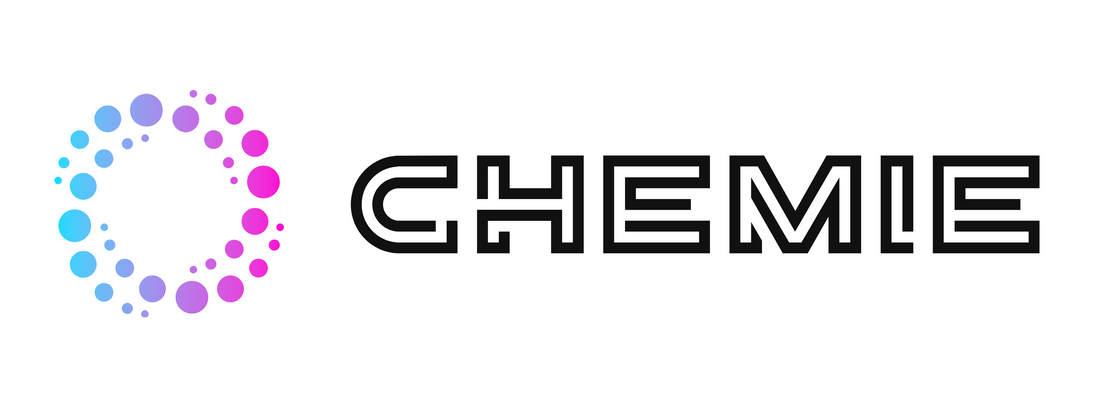The 8-Second Trick For Chemie
The 8-Second Trick For Chemie
Blog Article
The smart Trick of Chemie That Nobody is Discussing
Table of ContentsThe 45-Second Trick For ChemieOur Chemie PDFsThe Buzz on ChemieSome Ideas on Chemie You Should KnowSome Known Incorrect Statements About Chemie Not known Incorrect Statements About Chemie
By Bojanna Shantheyanda, Sreya Dutta, Kevin Coscia and David SchiemerDynalene, Inc. Fluid air conditioning, which can be accomplished utilizing indirect or straight methods, is made use of in electronic devices applications having thermal power thickness that may exceed safe dissipation via air cooling. Indirect liquid air conditioning is where warmth dissipating digital components are literally separated from the liquid coolant, whereas in case of straight cooling, the elements remain in straight contact with the coolant.Nevertheless, in indirect cooling applications the electrical conductivity can be crucial if there are leaks and/or spillage of the liquids onto the electronics. In the indirect cooling applications where water based liquids with corrosion inhibitors are normally used, the electric conductivity of the liquid coolant mainly relies on the ion concentration in the liquid stream.
The boost in the ion focus in a shut loophole liquid stream may happen due to ion leaching from metals and nonmetal elements that the coolant liquid touches with. During operation, the electric conductivity of the fluid might boost to a level which can be hazardous for the cooling system.
9 Simple Techniques For Chemie
(https://chemie999.wordpress.com/2025/01/10/discover-chemies-innovative-heat-transfer-solutions/)They are grain like polymers that are capable of exchanging ions with ions in a service that it is in contact with. In the here and now job, ion leaching examinations were carried out with various metals and polymers in both ultrapure deionized (DI) water, i.e. water which is dealt with to the greatest degrees of purity, and reduced electrical conductive ethylene glycol/water combination, with the measured adjustment in conductivity reported over time.
The examples were allowed to equilibrate at space temperature for 2 days prior to tape-recording the preliminary electrical conductivity. In all examinations reported in this research study liquid electric conductivity was determined to a precision of 1% utilizing an Oakton disadvantage 510/CON 6 series meter which was adjusted before each dimension.
Getting My Chemie To Work
from the wall heating coils to the facility of the heating system. The PTFE example containers were placed in the heating system when stable state temperature levels were gotten to. The examination configuration was eliminated from the furnace every 168 hours (seven days), cooled to room temperature with the electrical conductivity of the fluid measured.
The electrical conductivity of the liquid example was kept an eye on for an overall of 5000 hours (208 days). Schematic of the indirect closed loop cooling down experiment set up. Elements made use of in the indirect shut loop cooling down experiment that are in call with the fluid coolant.

The smart Trick of Chemie That Nobody is Talking About
The modification in liquid electrical conductivity was checked for 136 hours. The liquid from the system was collected and kept.

0.1 g of Dowex resin was added to 100g of fluid examples that was absorbed a different container. The combination was mixed and change in the electric conductivity at room temperature was measured every hour. The gauged adjustment in the electric conductivity of the UP-H2O and EG-LC test fluids containing polymer or steel when engaged for 5,000 hours at 80C is shown Figure 3.
The Best Guide To Chemie
Ion leaching experiment: Measured change in electrical conductivity of water and EG-LC coolants having either polymer or steel samples when submersed for 5,000 hours at 80C. The results suggest that steels added fewer ions into the liquids than plastics in both UP-H2O and EG-LC based coolants.
Liquids including polypropylene and HDPE exhibited the most affordable electric conductivity changes. This can be because of the brief, rigid, linear chains which are less likely to add ions than longer branched chains with weak intermolecular forces. Silicone likewise performed well in both examination fluids, as polysiloxanes are generally chemically inert due to the high bond energy of the silicon-oxygen bond which would stop deterioration of the material into the fluid.
What Does Chemie Do?
It would be expected that PVC would generate comparable outcomes to those view it now of PTFE and HDPE based on the comparable chemical structures of the products, nonetheless there might be other contaminations existing in the PVC, such as plasticizers, that may impact the electrical conductivity of the fluid - inhibited antifreeze. In addition, chloride groups in PVC can additionally leach into the examination fluid and can cause a boost in electrical conductivity
Polyurethane totally broke down into the examination liquid by the end of 5000 hour test. Before and after photos of metal and polymer samples immersed for 5,000 hours at 80C in the ion leaching experiment.
Calculated modification in the electric conductivity of UP-H2O coolant as a function of time with and without material cartridge in the closed indirect cooling loop experiment. The determined adjustment in electric conductivity of the UP-H2O for 136 hours with and without ion exchange material in the loop is revealed in Number 5.
Report this page